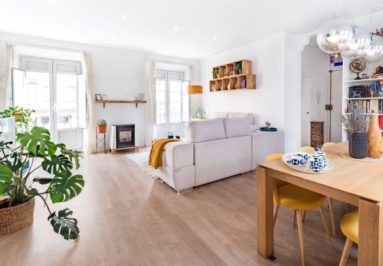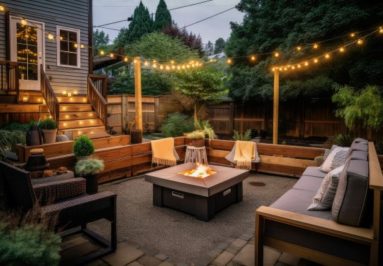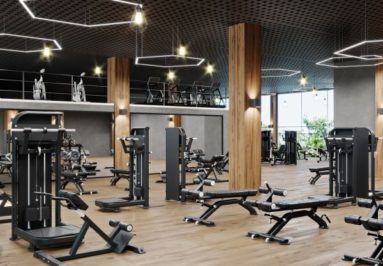As is often the case, when determining how to soundproof your home or a room, the first step is research. What do you need to soundproof, and what type of sound is causing the problem? There is such a wide range of DIY soundproofing projects out there, and we deal with them every day – they range from:
- + Restaurant owner trying to reduce echo
- + Teacher wanting the classroom to be quieter so students can hear
- + Home recording studio where reverb and sound isolation are critical
- + Apartment treatments to make sleeping and relaxing easier
- + And many others!
While each project is unique, and has different criteria and requirements, they should all follow the basic principles to ensure you are selecting the best soundproofing product for your project.
1. Determine The Noise Source
Acoustical consultants often call this the “Source-Path-Receiver” breakdown – determine the noise source, how it’s getting to you, and what are the conditions where it’s being heard. As a broad rule of thumb, whenever the source is in the same room as the receiver, then absorption is the answer. However, if noise is coming from an exterior source, then it must be mitigated along the path, whether that is a wall, window, or floor. When performing your own DIY Soundproofing, this will lead you to determine if soundproofing barriers are the appropriate solution (for noise transfer), or acoustical panels (for noise reverberation).
2. Select The Right Soundproofing Materials
If you are experiencing the former (reverberation and echo), then installing absorption materials in your space will reduce this reverb time and make speech more comfortable. Absorptive materials in a space make it easier to hear, but do not improve sound attenuation into adjacent spaces (see section below). If reverb is your primary issue, then consider the following:
- + Acoustic Panels: 2″ thickness or higher to absorb speech frequencies
- + Bass Traps: needed for extra-low frequencies, including drums, bass, or instruments such as tuba, etc.
For sound transmission issues on the other hand (can your neighbors hear you, is your garage band disrupting the street), then you’ll want to both add mass to the adjacent walls, as well as plug any gaps that are allowing sound to escape. If you are experiencing sound transmission, then try the following:
- + Add additional mass loaded vinyl along the barrier
- + Check for noise leaks
- + Add a dampening layer along the barrier that will absorb some of the vibration
With today’s advances in technology, you may use even your basic cell phone microphone as an approximation of the noise transmission. While these microphones are not calibrated, and therefore not sufficient for “absolute readings”, they can indicate how much sound is coming through a construction element by reading the volume at the source and at the receiver. For example, 80 dBA at the source and 40 dBA at the receiver means that 40 dBA are being blocked. To increase this to 50 dBA or more, reference our product listings or contact us to determine the best way to further mitigate the noise.
3. Know when to Consult an Acoustical Engineer
Some projects are beyond DIY, and would benefit greatly from an acoustical engineer’s review. When there are extreme sensivities adjacent to a noise source, or if noise issues are causing loss of business, then it may be ideal to consult an engineer rather than trying Do-It-Yourself soundproofing. For a list of acoustic consultants, check here.




